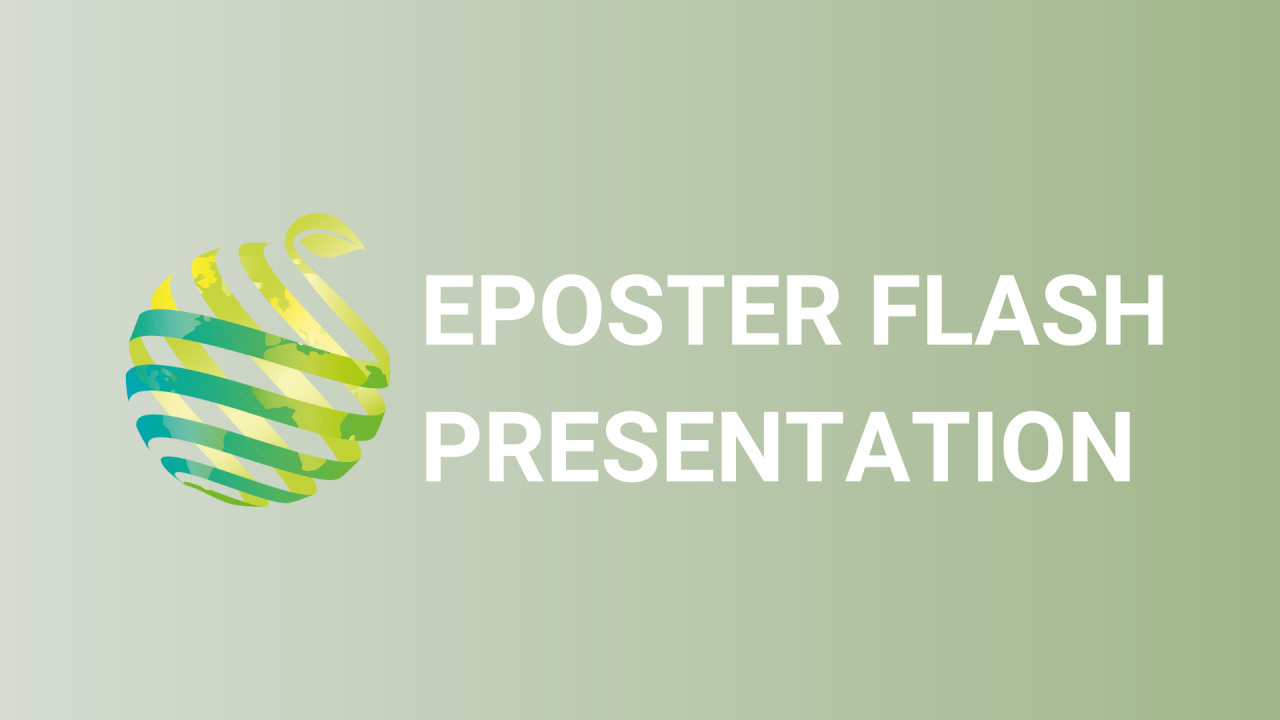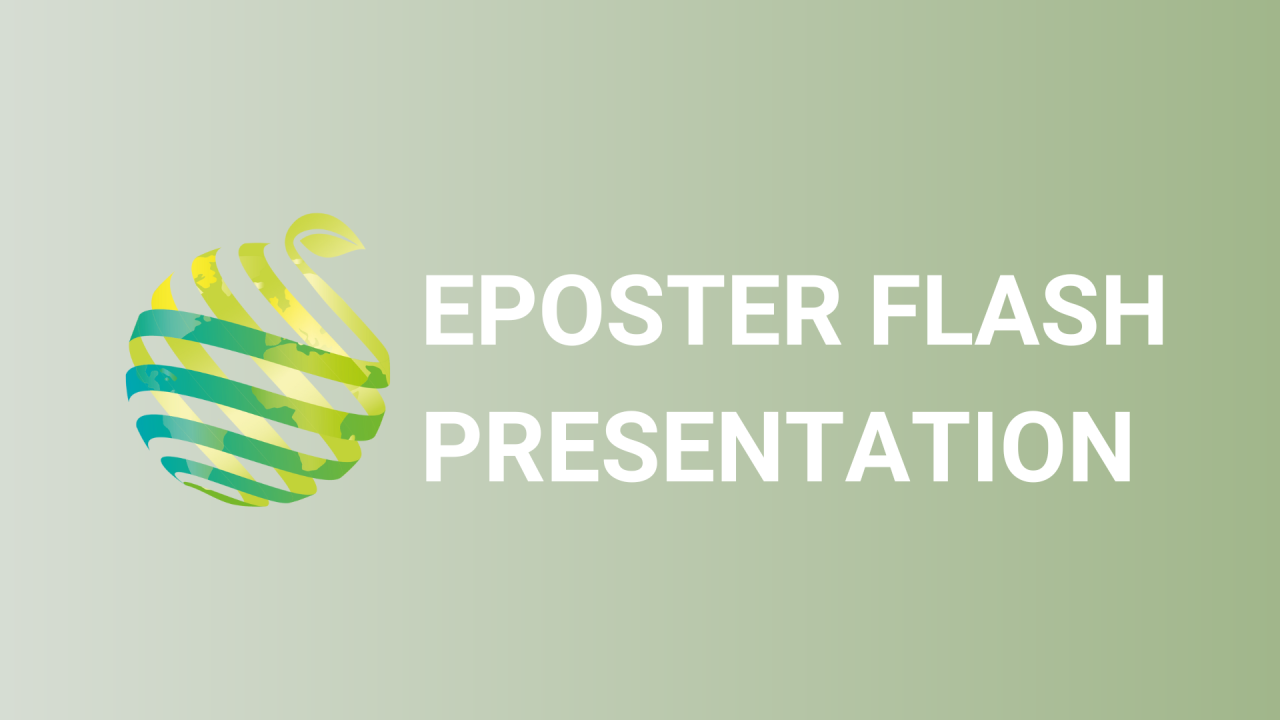

S12 - Session P2 - Water Footprint and performance assessment of a table olive cultivar (Olea europeae L. 'Konservolea') under various irrigation strategies
Information
Authors: Konstantina Fotia *, George Nanos, Nikolaos Malamos, Markos Giannelos, Paraskevi Mpeza, Ioannis Tsirogiannis
Greece produces 8% of the world's table olives and is ranked as the second most significant global exporter for this product. The three major table olive cultivars in Greece are Halkidiki, Konservolea and Kalamata. Traditionally, growers in Greece are based on rain to cover the water needs of olive orchards. This strategy is rapidly changing during the last decades, as growers continuously shift to irrigation to confront prolonged drought periods and intensify the cultivation. But as irrigation is mainly managed empirically, it results drawbacks including high water consumption and associated effluents which raise serious environmental concerns. In the present work, three irrigation strategies were studied for three consecutive years on a typical Konservolea orchard in Arta, Epirus (North-Western Greece): a) rainfed, b) irrigation based on growers' experience (typical practice) and c) irrigation based on recommendations from a decision support system (DSS) which follows UN's Food Agriculture Organisation (FAO) guidelines for the determination of soil water depletion. The water footprint (WF) of the different irrigation strategies was assessed and related to the trees' performance regarding development, physiological status, yield and fruit quality. The results showed that not only the irrigated olive trees performed better compared to the rainfed ones in terms of development, physiological status, yield and fruit quality but they also left a smaller water footprint. Among the two irrigated regimes (typical practice and DSS), the irrigated under the typical practice trees exhibited a slightly higher yield but they did not surpass the DSS treatment in fruit quality, development and physiological status. Considering also the lower water footprint of the DSS treatment (970 m 3 tn -1 vs 973 m 3 tn -1 for the typical practice and 1782 m 3 tn -1 for the rainfed), we conclude that the DSS irrigation can successfully replace typical practice in irrigation management, ensuring similar performance accompanied by smaller environmental impact.